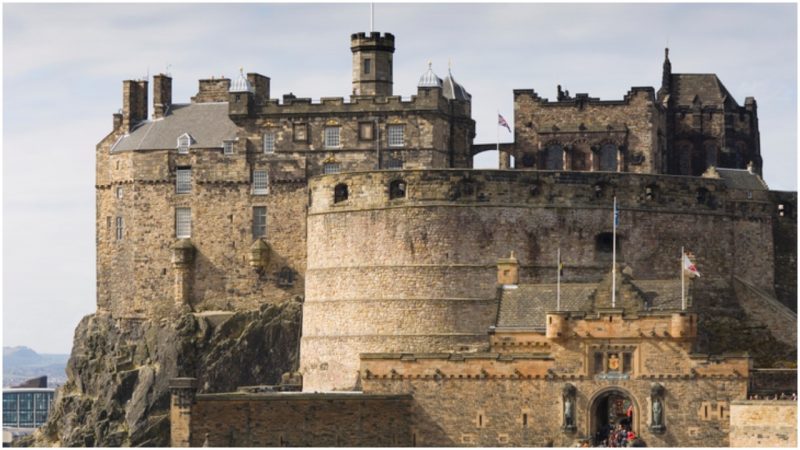One night in August a few centuries ago, a fiery-redheaded, freckled, scraggly looking chap wearing a tartan kilt his father had given him, worn out shabby shoes that most likely belonged to his great-grandfather, and a bagpipe strapped around his thin body was sent down a secret tunnel to see where it lead.
A whole web of underground tunnels was discovered beneath the Royal Mile, the downhill street that connects Edinburgh Castle and Holyrood Palace in the city of Edinburgh, formerly known as Dunedin, or Athens of the North as some called it due to its resemblance to the city of Gods in Greece.
The boy was to walk into the tunnel near the top of the Royal Mile, playing a tune as he walked deep underground. It was thought he would exit from the other side — wherever that might be. His progress would be charted by people on the ground, aided by the sound of his music. That was the plan at least.

But then, halfway along the Mile, the music suddenly stopped. They called out the boy’s name, but no one answered. They combed the tunnel — venturing as far as they dared — looking for him. He was nowhere to be found. There was no trace of him nor of his skinny body and the bagpipes he was playing. The boy was gone, and nobody knew why.
Hundreds of years have passed since and each August the Edinburgh Military Tattoo event takes place in the city. At the very end, after all the traditional kilt parades of the Scottish regiment, and all the songs played by hundreds of drummers and even more so bagpipers, one piper, standing alone and spotlighted high on the ramparts of Edinburgh Castle plays a mournful tune on his pipes.
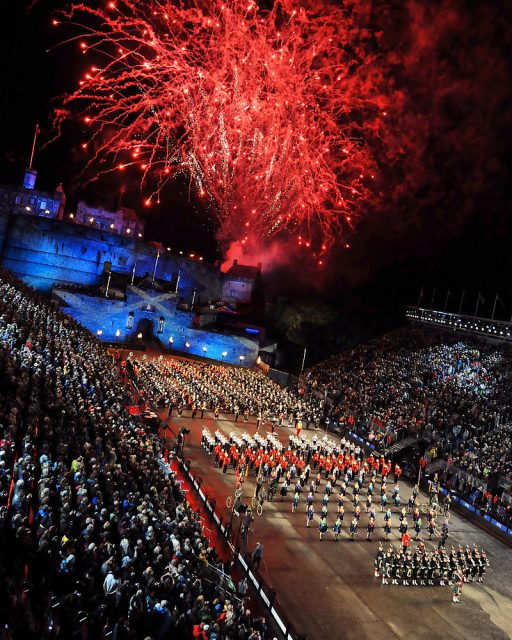
There have been strange reports about a melody heard inside the Castle’s chambers that seems to come out of nowhere. Some people say they have heard it while walking down the Royal Mile. Local legend tells that this is the crying song of a lost soul whose ghost, eternally wandering the tunnels underneath the city, continues to play his bagpipes looking for a way out.
So perhaps the lone piper plays the mournful tune every year in memory of the lost boy. Or, if not for him, then surely for all those who lost their lives inside or in front of the walls trying to defend or take over Scotland’s greatest stronghold.
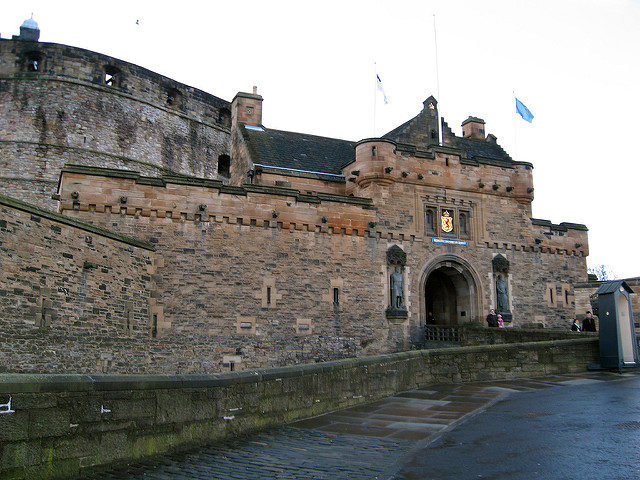
Rarely is there a place on the planet that can match the long-lasting and colorful history of Edinburgh Castle — which, perched on top of the leftovers of an ancient extinct volcano, governs the city’s skyline brimming with tales and legends of bygone days.
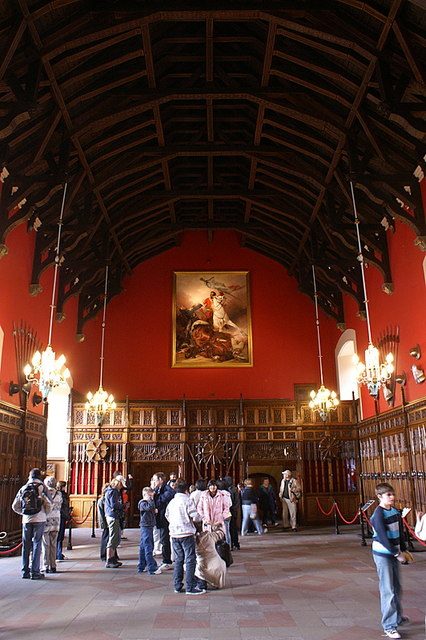
The castle sits atop Castle Rock, a volcanic plug that was formed 350 million years ago and served as an early human settlement in the Bronze Age. Excavations carried out in 1990s showed evidence of habitation with archaeologists dating that the Bronze Age tools they discovered date from as early as 850 BC.
Archaeological evidence indicates the site these people lived at was known as “Aluana” or “rock place,” and due to its natural fortification, Castle Rock has been a settlement and military base ever since — a claim that makes it the longest continually inhabited area in the country.
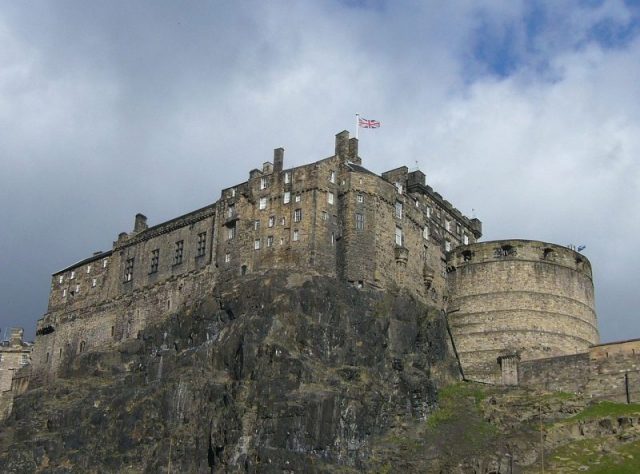
It is a place so old that by the time that a castle was first officially mentioned in historical literature, its name and founding were already shrouded in myth and legends.
The first is tied to the famous Arthurian legends, or more specifically to the pages of the medieval Welsh epic poem Y Gododdin. According to this valuable piece of literature from around the 7th century AD, a fortress named “The Castle of the Maidens” served as a sanctuary to the “Nine Maidens” — of whom, one was the mighty enchantress Morgan le Fay, King Arthur’s devoted protector.

Another document, but this time not of Welsh but of Scottish origin, the Orygynale Cronykil of Scotland written by Andrew of Wyntoun, suggests that in earlier times a fortification named “Maiden’s Castle” was raised by Ebraucus, King of the Britons.
8 Oldest Castles From Around The World
However, Edinburgh Castle, the imposing edifice we know today, dates from the 12th century when David I, the son of Saint Margaret of Scotland first raised (at least officially) a castle on Castle Rock in loving memory of his mother.
The story goes that in 1070 AD, the Scottish King Malcolm III married an English princess who, due to her fairness and generous nature, came to be known as Saint Margaret of Scotland, earning a reputation as “The Pearl of Scotland.”
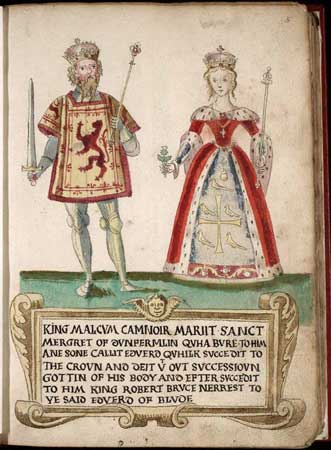
Her husband died in battle and she, grief-stricken and heartbroken, died within days after hearing the news. Her son David I constructed the grand castle on Castle Rock and a marvelous chapel to honor her.
Tensions grew between England and Scotland by the end of the 12th century, and it seems as if monarchs and nobles nearly always focused on Edinburgh and the city’s castle. He who held it controlled the city of Edinburgh and, with that, Scotland.
So over time, it earned the right to be referred to as “the defender of the nation,” and for the very same reason it repeatedly came under siege. The first significant battle was in the late 13th century when Edward Longshanks (Edward I of England) tried to capture the castle and seize the Scottish throne. It was just the start though.
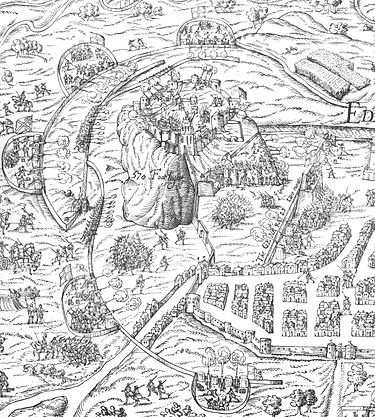
Throughout its extensive history, Edinburgh Castle has been attacked, besieged and invaded 23 times — more than any place in Britain or any other castle in the world. Half of these battles took place during a short period of 50 years when the castle went back and forth between Scottish and English hands during the Wars of Independence (1296-1341), in the course of which Edinburgh Castle was almost entirely destroyed.
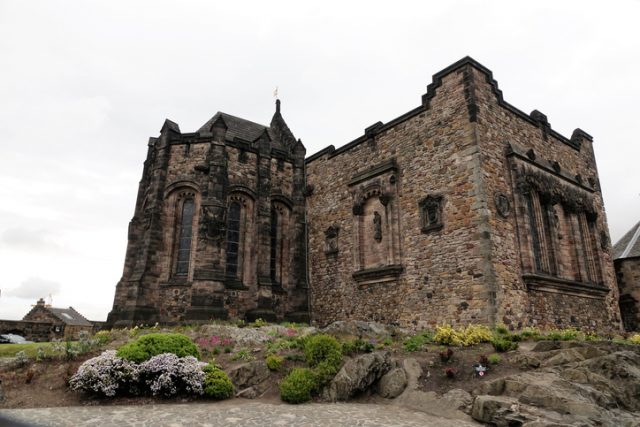
When Robert the Bruce laid siege in 1314, he destroyed every building except one: Margaret’s Chapel, which still stands intact today and is the oldest surviving building in Scotland.
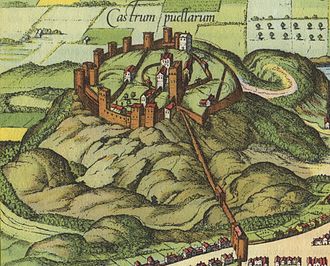
Repairs to the castle were conducted by David II of Scotland in the 14th century. But Edinburgh, the castle, and the Scottish people were not to be left to rest.
England tried to recapture “the defender of the nation” and the nation itself on more than one occasion, laying siege after siege on the castle; one of them against Mary, Queen of Scots in 1573, lasted for full two years.
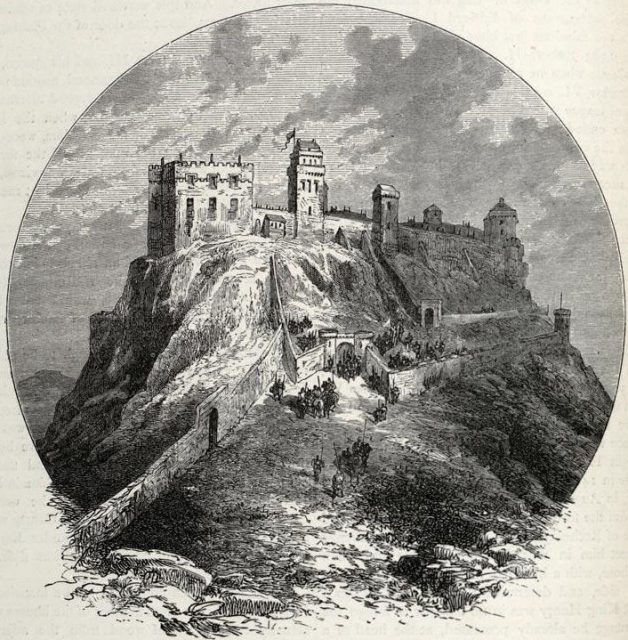
In 1650 Oliver Cromwell succeed in his attempts to capture the castle, killing Charles I, the last Scottish monarch to sit on the throne in Edinburgh.
From then on the castle lost its status. Instead of being a defender of a nation it was turned into a prison where thousands of military and political prisoners from the Seven Years War, the American Revolution, and the Napoleonic Wars were held. Perhaps they heard a mysterious bagpipe melody in the darkens of the dungeons that left them questioning whether they are slowly but surely losing their minds.

The splendid capital of Scotland today is UK’s second most visited city (the first being London of course), and millions of people from all over the world travel there to see its numerous world heritage sites, beautiful music festivals, historical re-enactments and all kinds of peculiar places that tell tales of ghosts, monsters or a legendary folk heroes.
Edinburgh Castle holds the reputation as the most haunted and the most visited one in the city. And with such history and so many legends attached to it, it is no surprise.
For what is worth, a bagpipe melody can always be heard on the streets in Edinburgh. Is coming from a long-lost boy somewhere deep below the streets, or from just around the corner? The only way to know is to check it out for yourself. For if one is looking for magic, the city and its grand castle are as magical and legendary as a place can ever get.
Martin Chalakoski is a freelance writer drawn to history and fascinated by oddities. He has contributed to the Abandoned Spaces and is steadily contributing to The Vintage News.
